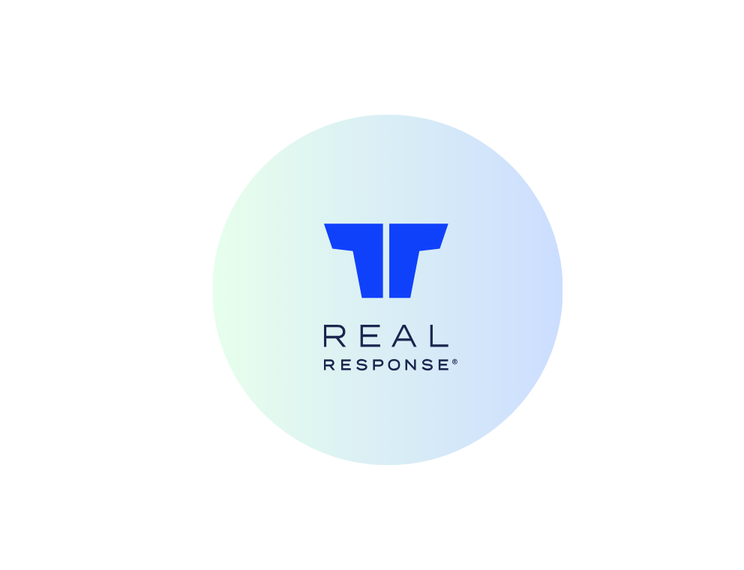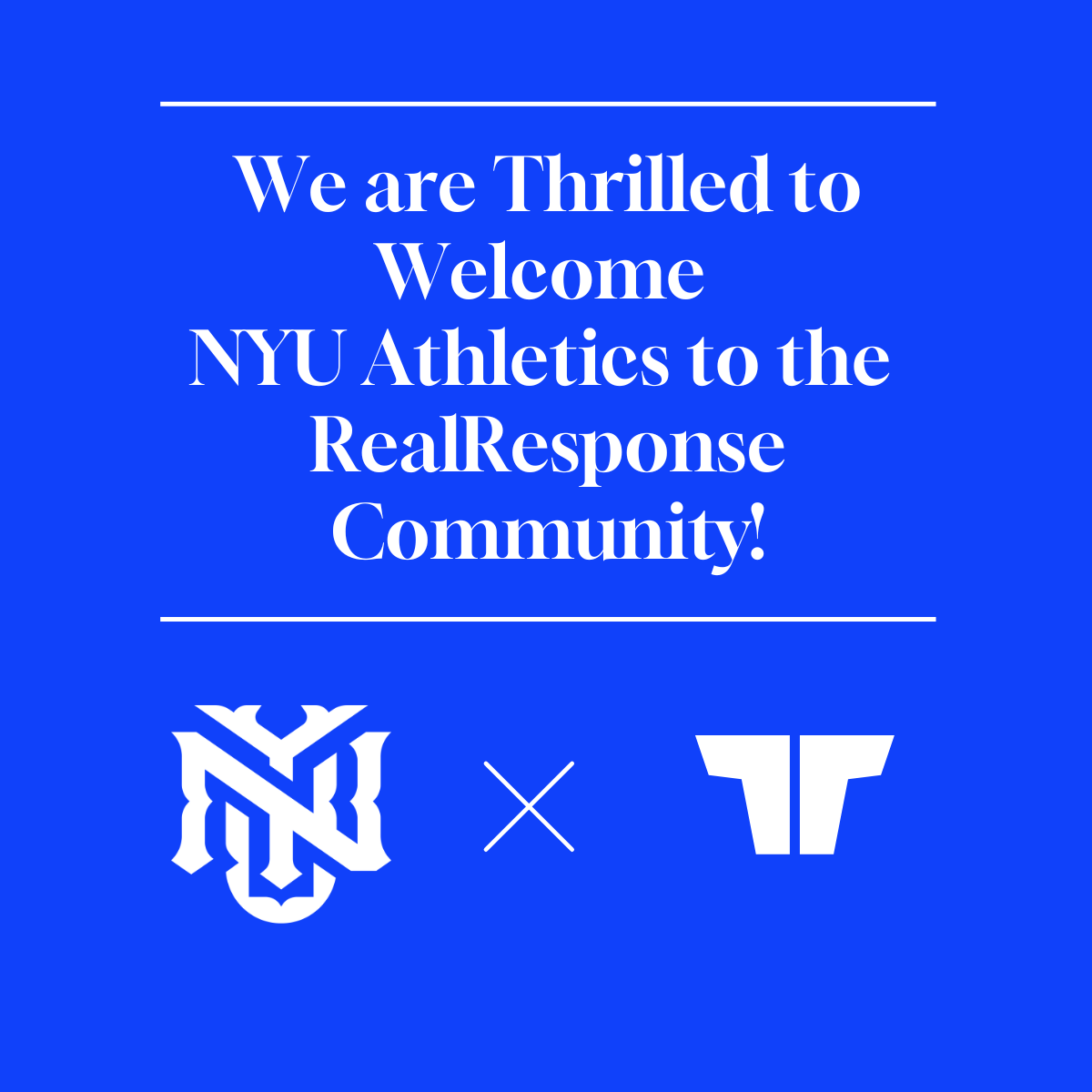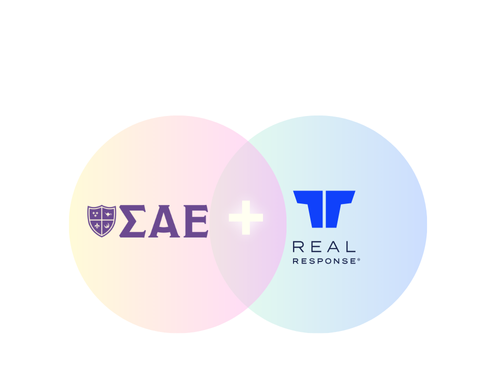The month of May is recognized as Mental Health Awareness Month but truly, every month should bring enhanced awareness to a growing concern, especially for student athletes. The drive to win can consume a student athlete. Those closest to athletes have long recognized the pressure facing these 18- to 22-year-olds. However, with social media, a 24-hour news cycle, increasing financial benefits on the line and the external pressure to deliver, student athletes are facing unprecedented anxiety in competition, in the classroom and in life. Research shows that college athletes are less likely than their peers to seek help for mental well-being concerns, and are at higher risk for substance abuse, eating disorders, and anxiety.
“It’s OK not to be OK,” professional tennis athlete Naomi Osaka shared in 2021, helping to make mental health a more accepted topic in the public discourse. Prior to Osaka, Olympians Michael Phelps and Simone Biles, NBA All-Star Kevin Love and others have openly discussed their battles with mental health. Even iconic football coach Vince Lombardi, while working in an era when mental health was rarely discussed, invested time learning about his players’ and staff’s lives, backgrounds and families and went out of his way to support them. He cared, despite many of the representations of Lombardi as a hard-nosed, uncaring coach.
Balancing success, facing challenges and taking advantage of opportunities for young people are important, of course, but perhaps it is the art of building resilience that seems to be an elusive skill. Spontaneous play by children and multiple-sport high school athletes have been replaced by structured, over-scheduled, year-round specialization. Could a return to free play, multisport, non-specialization at a young age be the answer?
We learn more from rising athletes that moderation and exploring other interests has helped them to get to where they are. Trinity Rodman, the 19-year-old soccer phenom (she’ll be 20 this month) now playing for the NWSL’s Washington Spirit, grew up playing multiple sports to expand her horizons. She maintains that her exposure to different sports helped her to become a better teammate, a better athlete and gave her the ability to take a broader view of the world. Giannis Antetokounmpo, the Milwaukee Bucks’ two-time MVP, credits his family for encouraging him to play other sports along with his brothers, including games like chess, as central to his success.
Putting in the time to prepare, to train, to focus and to execute can lead to excellence in sport. However, might pausing along the way — allowing for internal and external reflection — lead to even greater success? Would lessons through failure and imperfection provide coping skills for young athletes that could create resilience as they move into college sports and their professional careers? As leaders in sports and in education, we must strive to ensure that the long-term health and wellness of participants is always at the forefront to avoid burnout. While Rodman and Antetokounmpo are great examples of a holistic approach, they are in the minority.
Often, with high-performing student athletes, this level of intensity didn’t start in college but years before — it’s no surprise that burnout and its impact to overall mental wellness are increasingly common. Burnout in young athletes is rising at an alarming rate and is leading to a growing number of issues as young athletes transition to college and then post-graduate life. Increases in depression, low self-esteem, isolation, relationship issues, job performance and eating disorders are all on the rise. Student athletes will no doubt face some level of self-doubt, anxiety and depression, but by creating a culture of mental health wellness on every college campus, the student athletes will have a trusted resource when they need it. And they will.
There are a few steps that both administrators and coaches can take to provide training and resources for campus leaders to encourage and foster dialogue across all campus venues — from sports to the classroom — to make forthright discussion on this topic an accepted norm, but here are things to consider to start transforming the discussion on mental health and creating a culture of communication, integrity and respect:
1) Strategically manage practice and game schedules. Frequent high intensity efforts and high volume contributes to burnout.
2) Assess staffing and sports psychology needs for the adequate care and support of student athletes.
3) Provide training and readily available resources for leaders and student athletes.
Participating in multiple sports and activities may not just open other doors and windows to success, but may also give young people off ramps and options for mitigating burnout.
At the same time, recognizing what burnout looks like in high achievers and ensuring coaches and campus leaders have strategies to care for and help empower these individuals is absolutely critical for changing the discussion on mental health and preventing further deterioration of an individual’s well-being.
Samantha K. Huge is executive director of collegiate accounts at RealResponse and was previously athletic director at William & Mary. Dr. Jim Borchers is CEO of USCAH and chief medical officer of the Big Ten.
The U.S. Council for Athletes’ Health (USCAH) is composed of a diverse, multidisciplinary team of medical experts with experience serving in high-level positions within intermediate and collegiate athletic organizations. The team is positioned to address all aspects of athletic health care, including compliance, assessment, education, personnel, programming and more. RealResponse partners with over 100 collegiate institutions and athletic organizations including the NFL Players Association and USA Gymnastics. Through surveys, real-time reporting, and a comprehensive documentation repository, RealResponse provides more than 50,000 athletes a safe space to deliver concerns and feedback to their administration.
Sports Business Journal: https://www.sportsbusinessjournal.com/SB-Blogs/COVID19-OpEds/2022/05/11-HugeBorchers.aspx




















